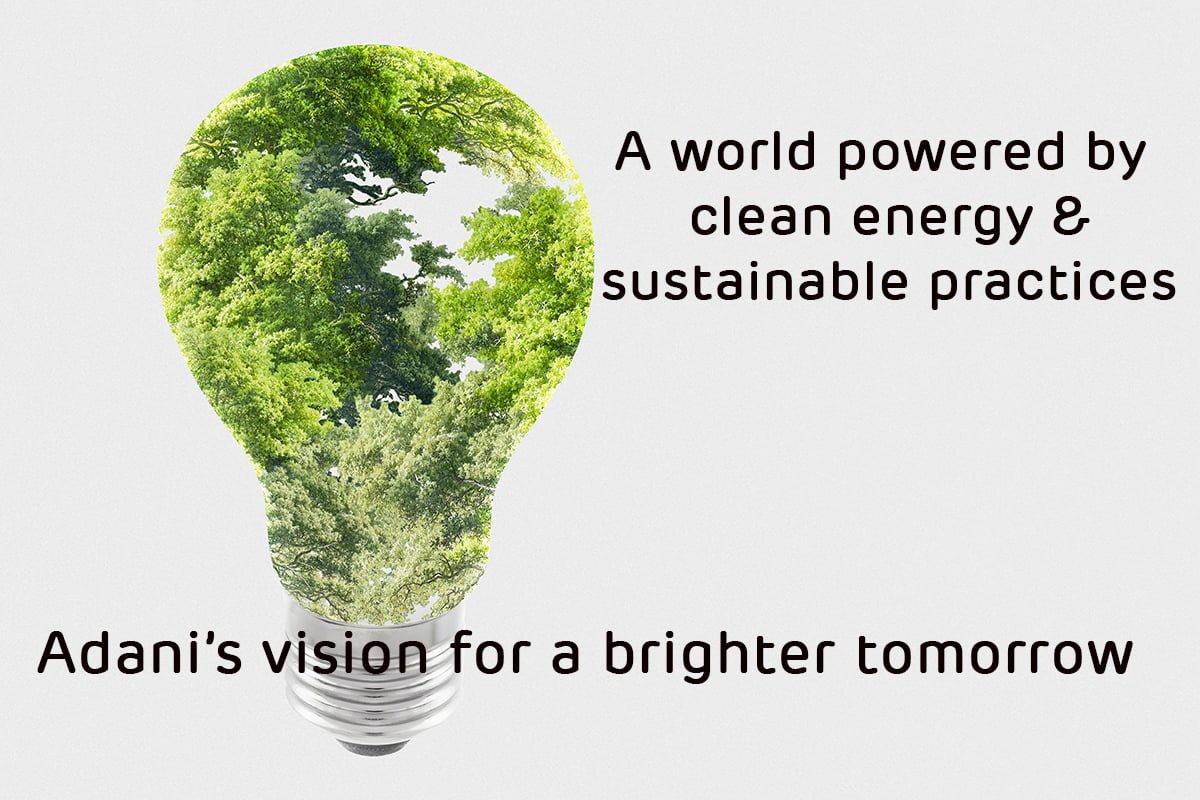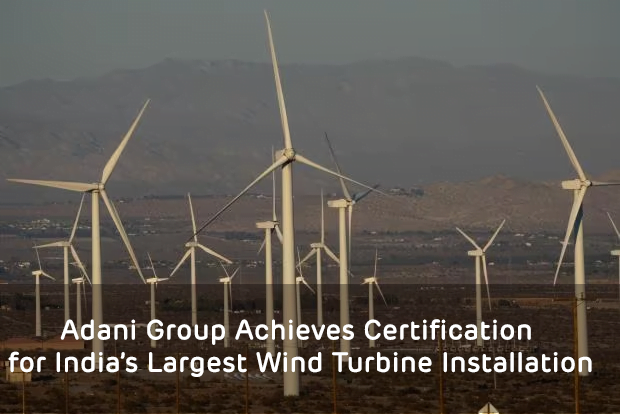Growing awareness around sustainability is making businesses become increasingly conscious of their impact on the planet. They can no longer afford to say ‘grow first and clean up later’ — a serious concern that was raised by four Massachusetts Institute of Technology scientists in their book, The Limits to Growth, in 1972. They suggested that in the absence of any intervention, there could be serious ecological crises, basing their findings on parameters like per-capita consumption, population, industrial and agricultural production, plotted against resource depletion and levels of pollution, including CO2. The need is to focus on clean growth — goal 7 of the UN’s sustainability goals.
Over five decades later, we are experiencing a catastrophe-like situation which, if not tackled soon, may blow up. Discussions on putting the environment on the political agenda of the dialogue between industrialised and developing countries began in 1972 with the Stockholm UN meet being the first global conference on environment, as per an Multidisciplinary Digital Publishing Institute report. Then came the Earth Summit in Rio de Janeiro in 1992 to understand and acknowledge that it is essential to protect the environment. The Paris Agreement of 2015 can be considered a milestone and the first truly global treaty on climate action, says the report.
We observed Earth Day on 22 April, 2024. Some climate scientists believe all is not gloom and doom as we have made progress since we first observed Earth Day 50 years ago. We have been able to fix some major man-made environmental issues. We have also made remarkable headway with renewable energy — wind and solar power are the cheapest sources of electricity on the planet, and electric vehicles are now the new norm.
India is at the cusp of a green revolution, with the ability to preserve the environment and fully utilize the potential of solar and wind power. The country has set an ambitious target of achieving 500 GW by 2030. To reach this milestone, it will have to add at least 50 GW of renewable energy capacity annually for the next six years, say experts. In 2023-24, we added 18.48 GW. The number maybe half of the expected figure but it is over 21% higher than 15.27 GW a year ago, as per data from the Ministry of New & Renewable Energy.
Consistently adding to India’s renewable energy (RE) goals, Adani Green Energy Ltd (AGEL) has carried out the largest greenfield expansion. Recently, it surpassed 10,000 MW of operational portfolio, delivering reliable, affordable, and clean power to the national grid. AGEL’s operational portfolio consists of 7,393 MW solar, 1,401 MW wind and 2,140 MW wind-solar hybrid capacity. It represents about 11% of India’s installed utility-scale solar and wind capacity, contributing over 15% of India’s utility-scale solar installations. The company has created over 3,200 direct green jobs.
“The Adani Group aims to facilitate India’s transition to clean, reliable and affordable energy,” said Chairman Mr. Gautam Adani. “In our drive towards 45,000 MW by 2030, we are building the world’s largest renewable energy plant in Khavda — a 30,000 MW project unparalleled on the global stage. AGEL is not just setting benchmarks for the world but redefining them.”
These positive developments show that we are striving towards sustainability — encompassing economic, environmental, and social aspects of development.










